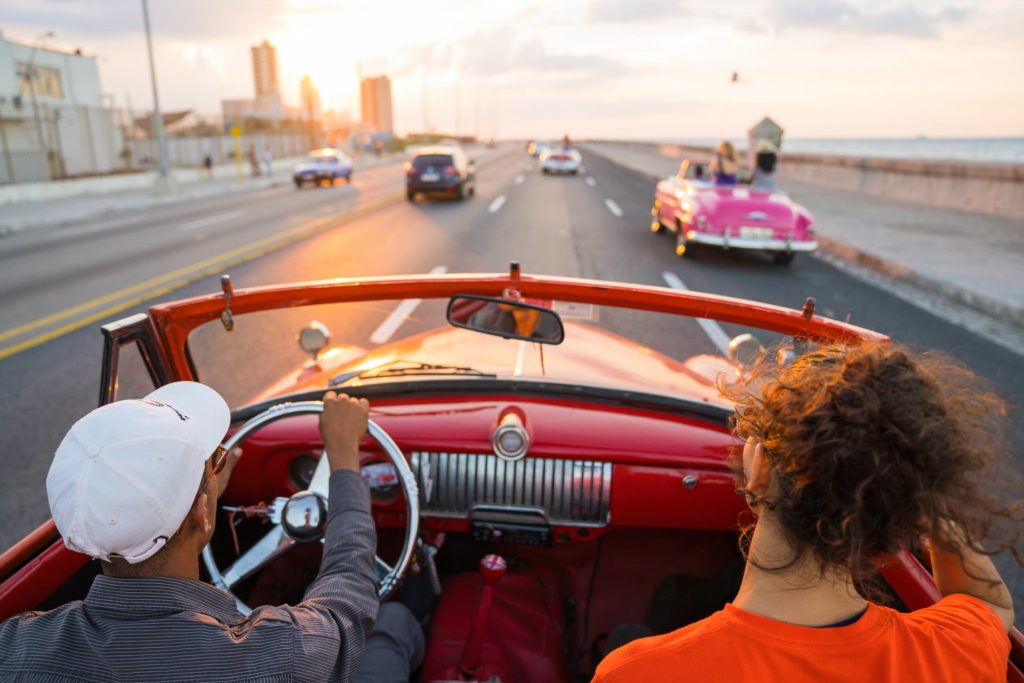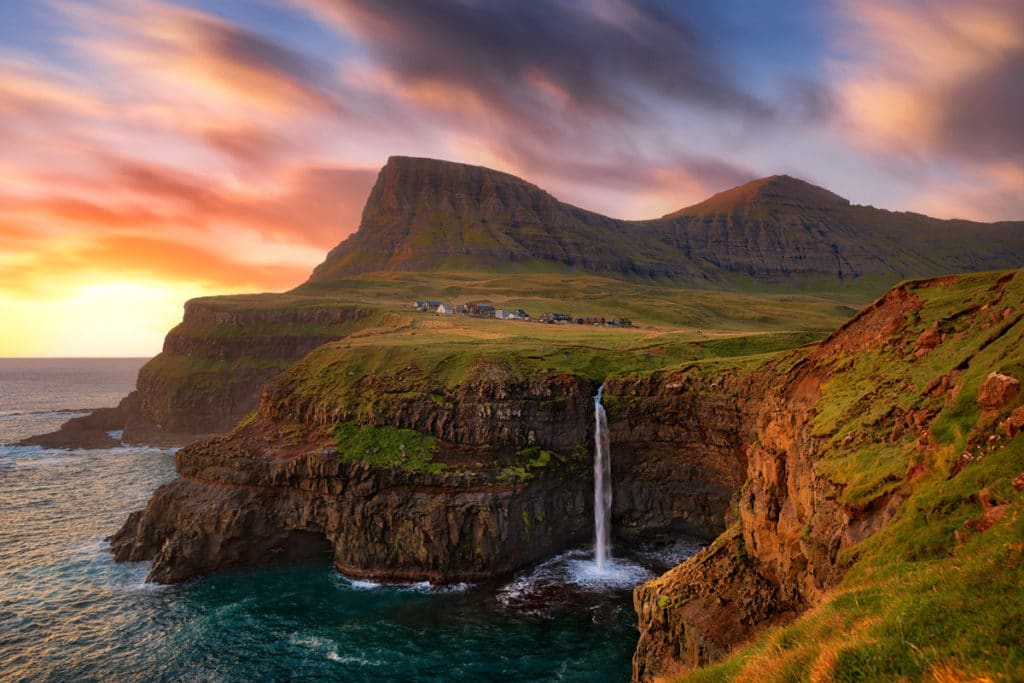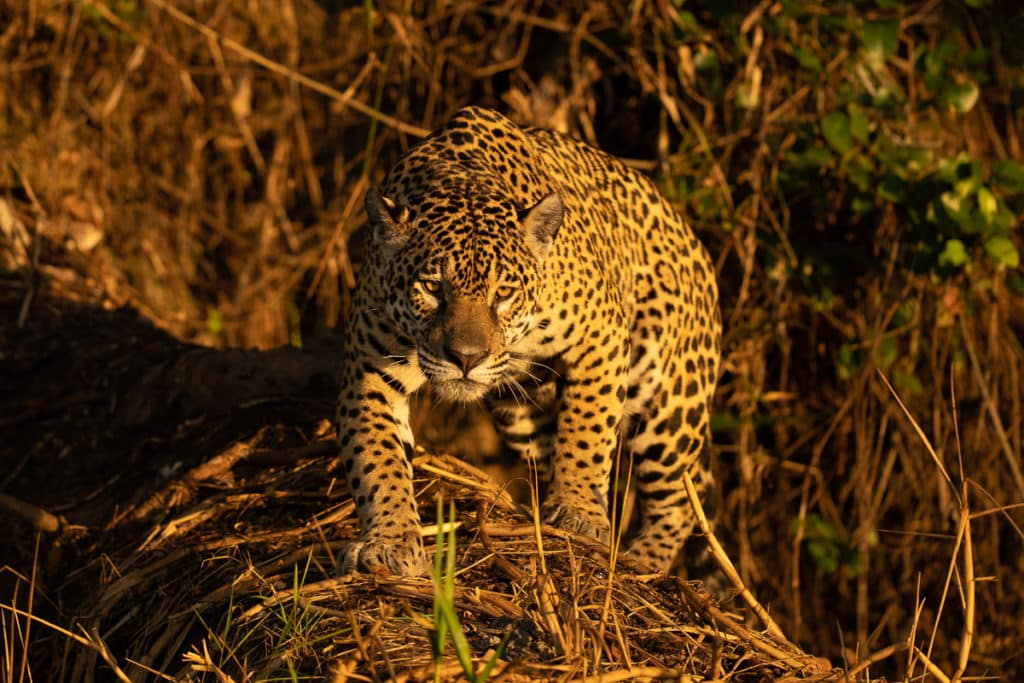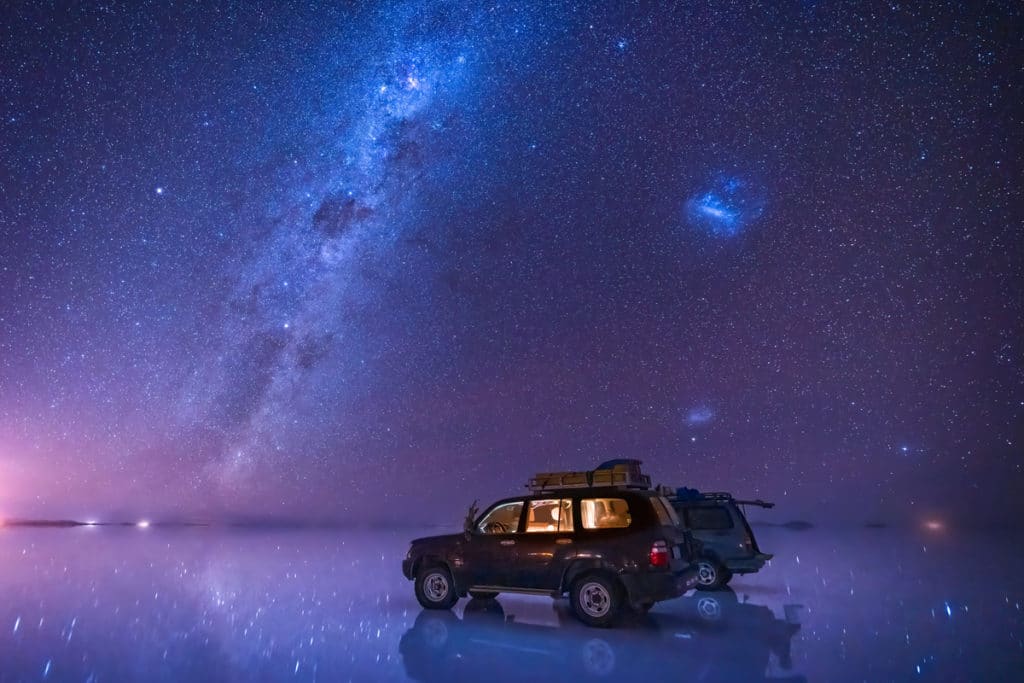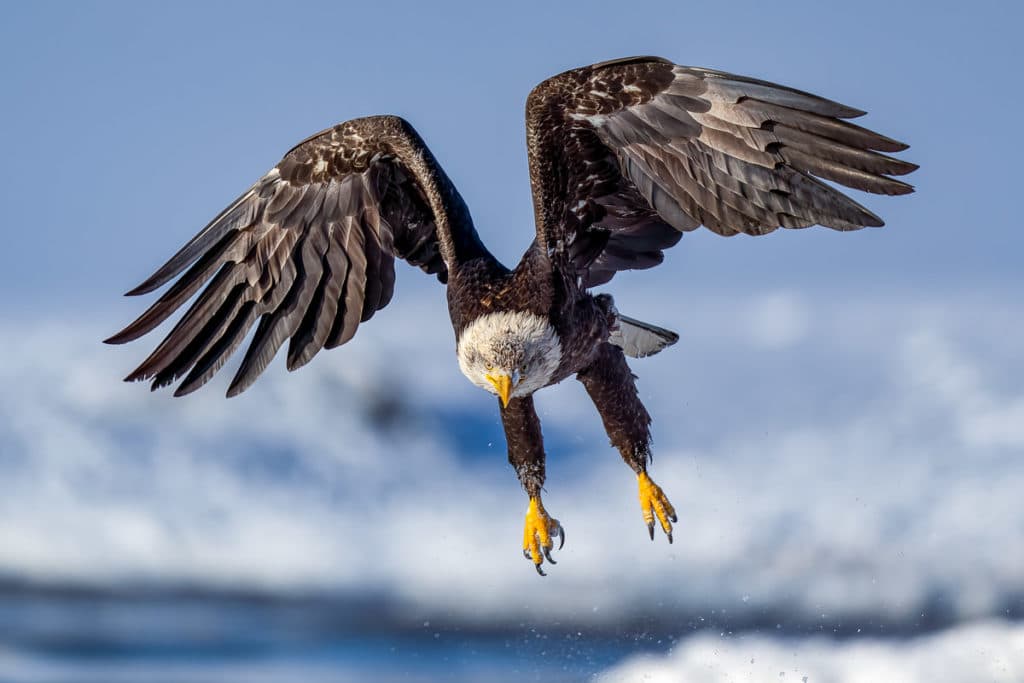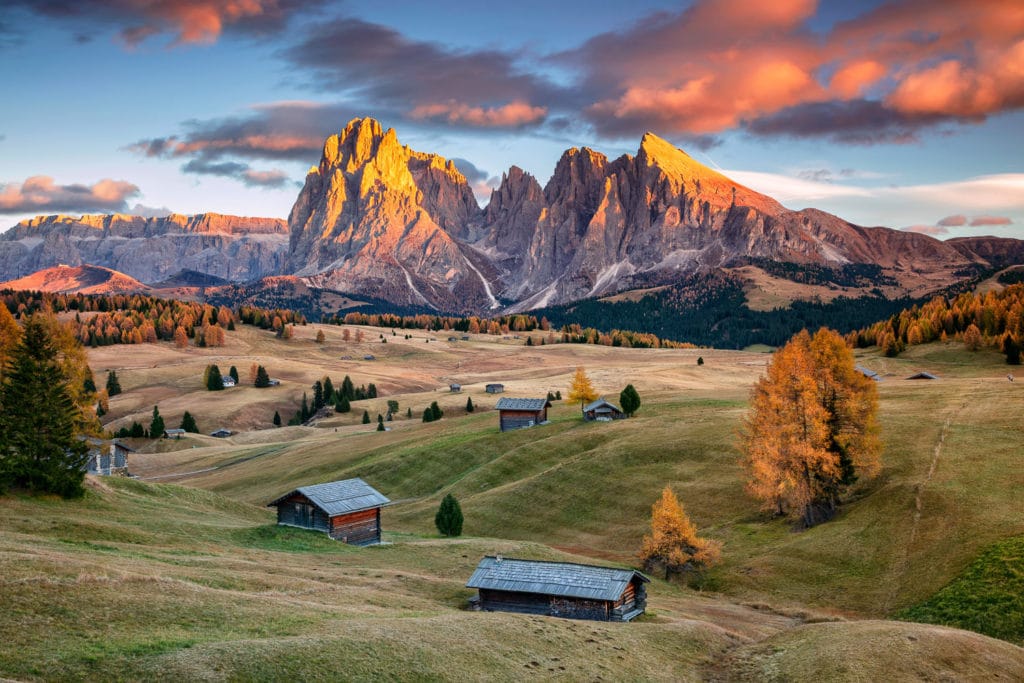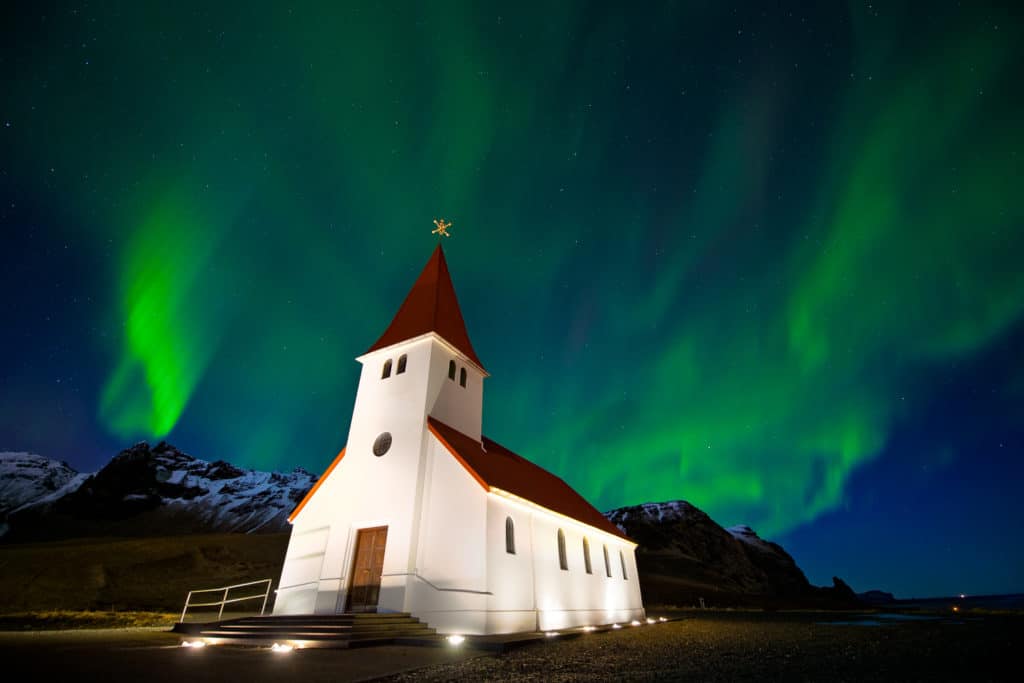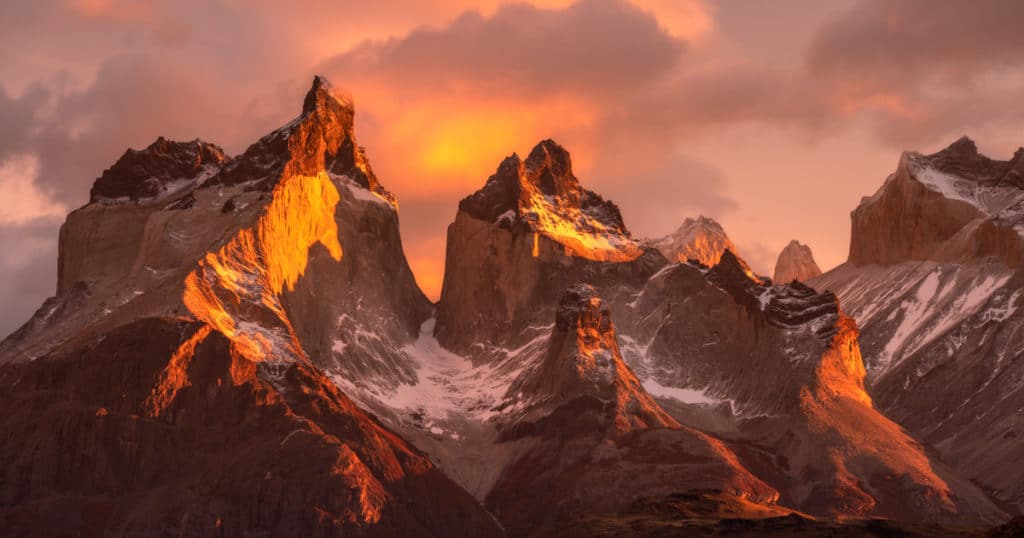Costa Rica Wildlife Photography Workshop
Come join me on an amazing adventure to one of the most biologically diverse locations on the planet, Costa Rica. Here we will spend our time learning a variety of different camera techniques and skills as we photograph scarlet macaws, cormorants, kingfishers, hummingbirds, caimans, lizards, monkeys, turtles, toucans, tanagers, honeycreepers, parrots, and much much more. If you are looking for a wildlife photography workshop that allows you to photograph some of the most colorful and fantastic wildlife species on the planet while learning how to be a better photographer, this workshop is geared just for you!
If you want to be notified about our other 2025 photo adventures, be sure to sign up for our click Workshop Waiting List!
Trip Dates
January 7th – 15th, 2026
Tuition Costs
$5450
Group Size
10-12
Difficulty Level
Easy
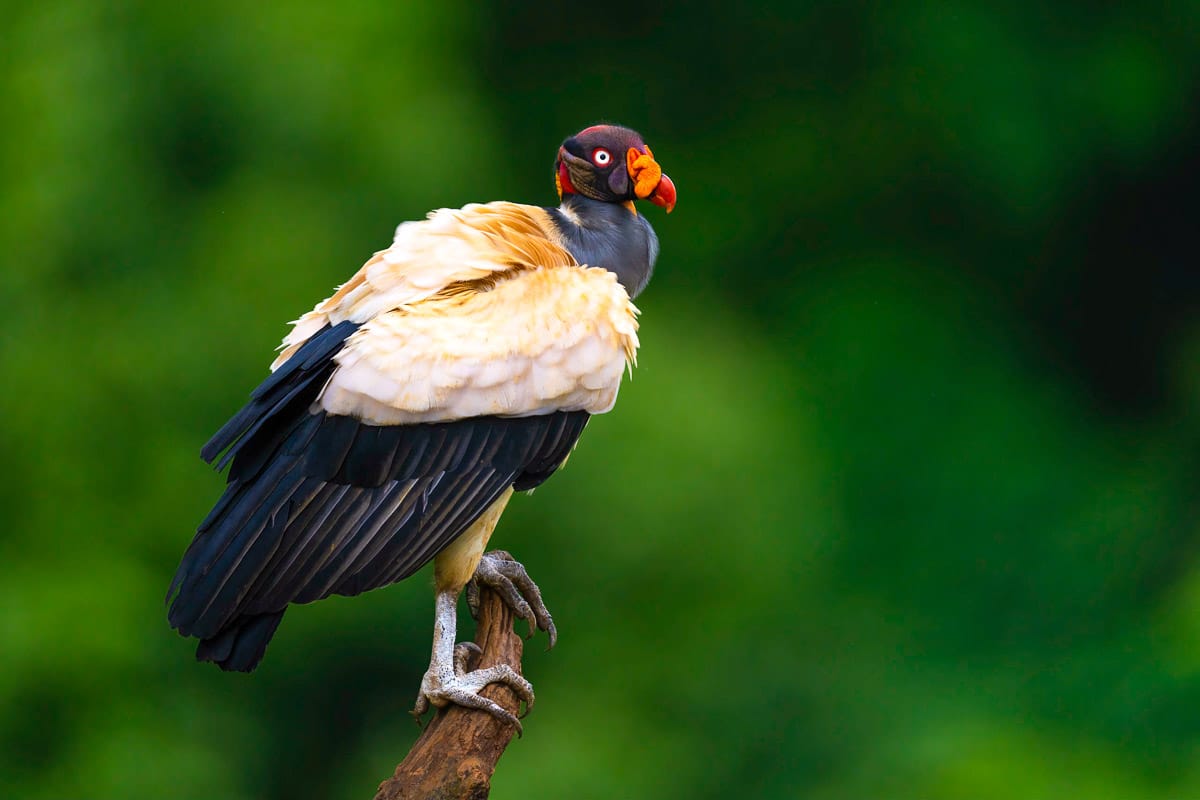
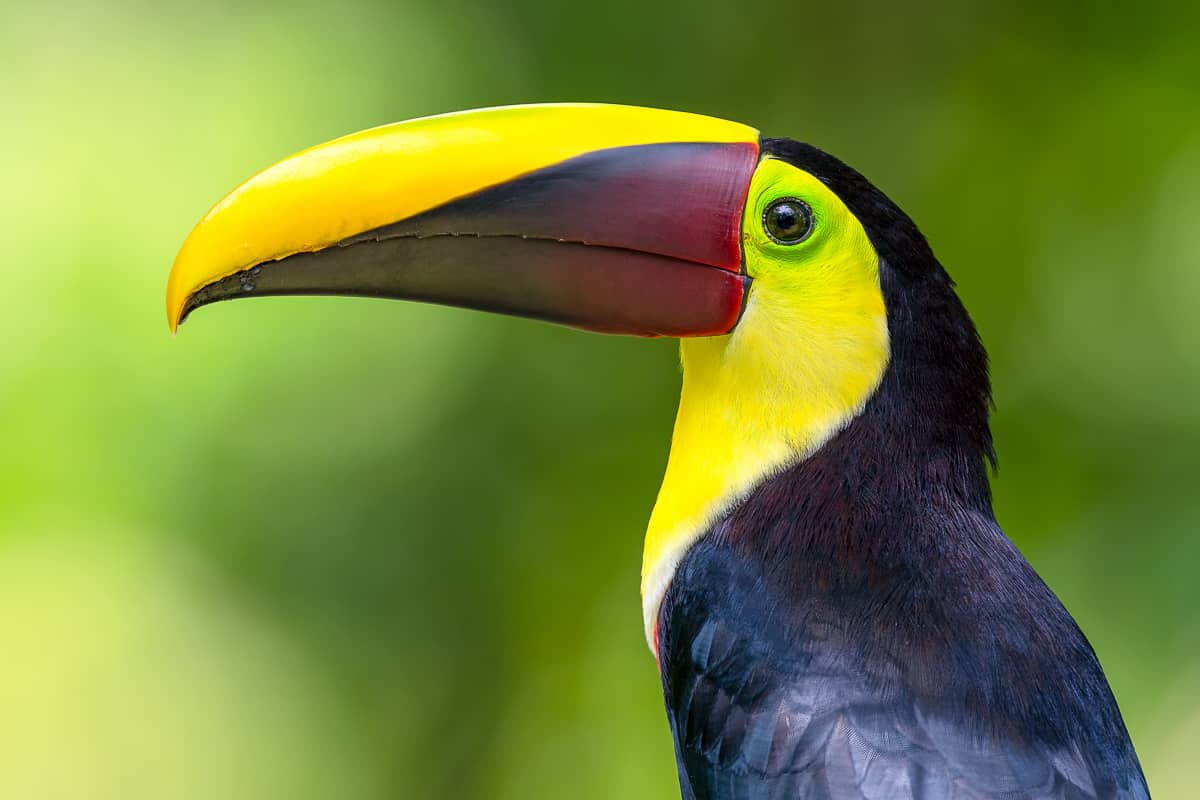
Important Details: Costa Rica Wildlife Photography Workshop
- The workshop starts on January 7th, 2026 at Juan Santamaria Airport in San Jose (SJO) but you can find more details about each trip in the FAQ section below.
- From there, we will pick you up in our private bus to begin our amazing wildlife adventure.
- Throughout this adventure, we will provide you with a mixture of wildlife photography opportunities which include finding a variety of species organically in their own natural environments, photographing birds from man-made perches & feeders, and macro night photography excursions.
- My team and I will work with you to make sure you learn to master a variety of different wildlife-focused techniques such as photographing birds in flight, shooting in low light situations, expanding your plane of focus, understanding AF tracking, macro photography skills using both natural and artificial light and much more…
- While the workshop starts and ends in San Jose, giving you the opportunity to visit four different Costa Rican providences throughout our time in this amazing country.
- Our night photography excursions will offer excellent opportunities to photograph a mixture of poison dart frogs, lizards, owls, insects, and even bats. They are truly a highlight of this trip!
- This trip is geared to photographers of every different skill level, from beginners to professionals. We will work hard to make sure we meet you on your level, answering each of your questions when we are out in the field as well as when we have some downtime at our hotels to focus on the post-processing side of things.
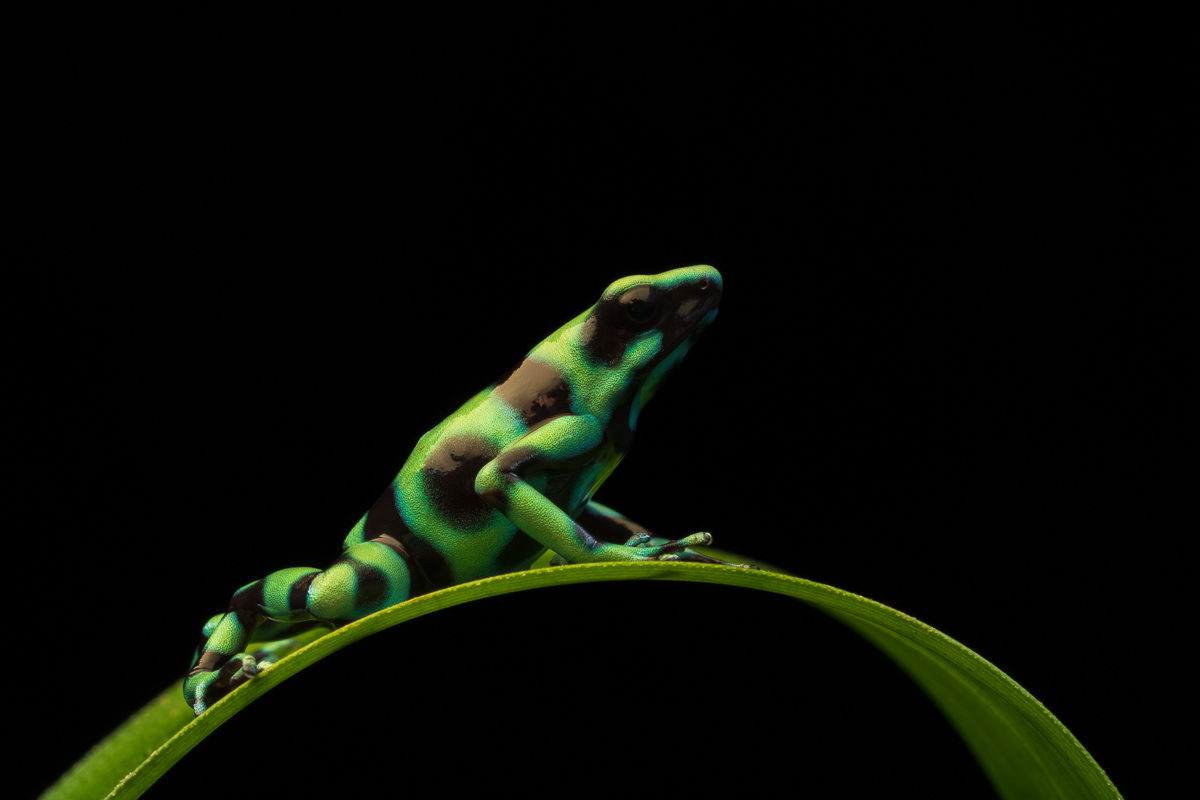
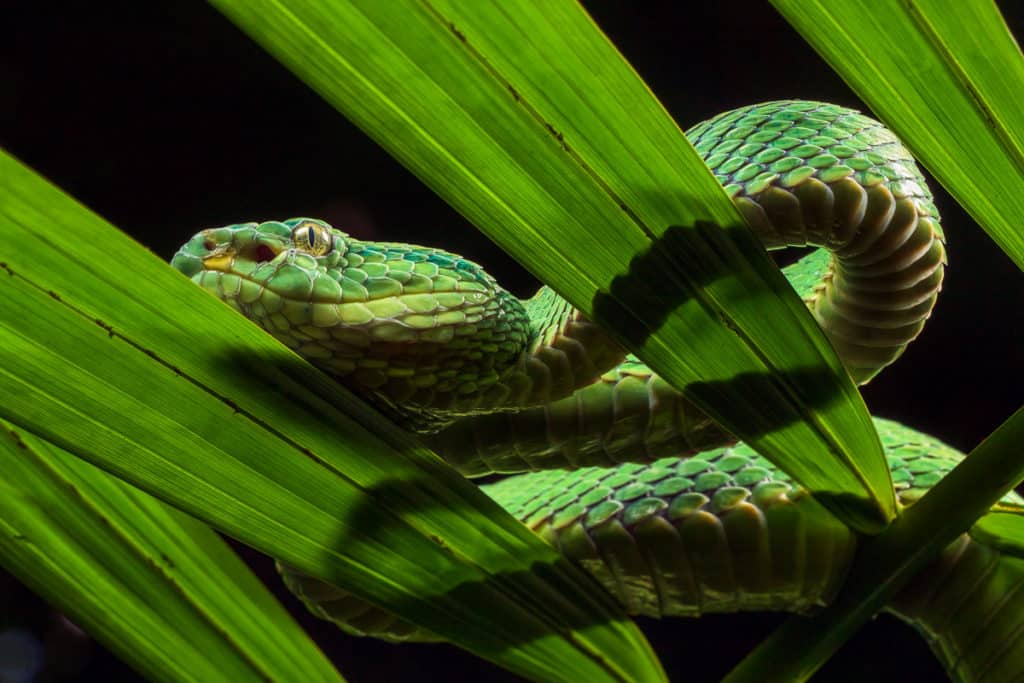
What is Included?
- All Photography Instruction
- All Ground Transportation in Costa Rica
- All Accommodations in Costa Rica
- All Required Permits or Entrance Fees
- Most Breakfast Meals
What is Not Included?
- All Flights To & From Costa Rica
- Lunchs & Dinners, Snacks & Alcohol
- Travel Insurance Costs
- Any Gifts
- Tips for our Guides & Drivers
Payment for Costa Rica Wildlife Photography Workshop
* please read the workshop F.A.Q. section on this page to learn more about visiting Costa Rica and check out our cancellation policies if you have any questions.
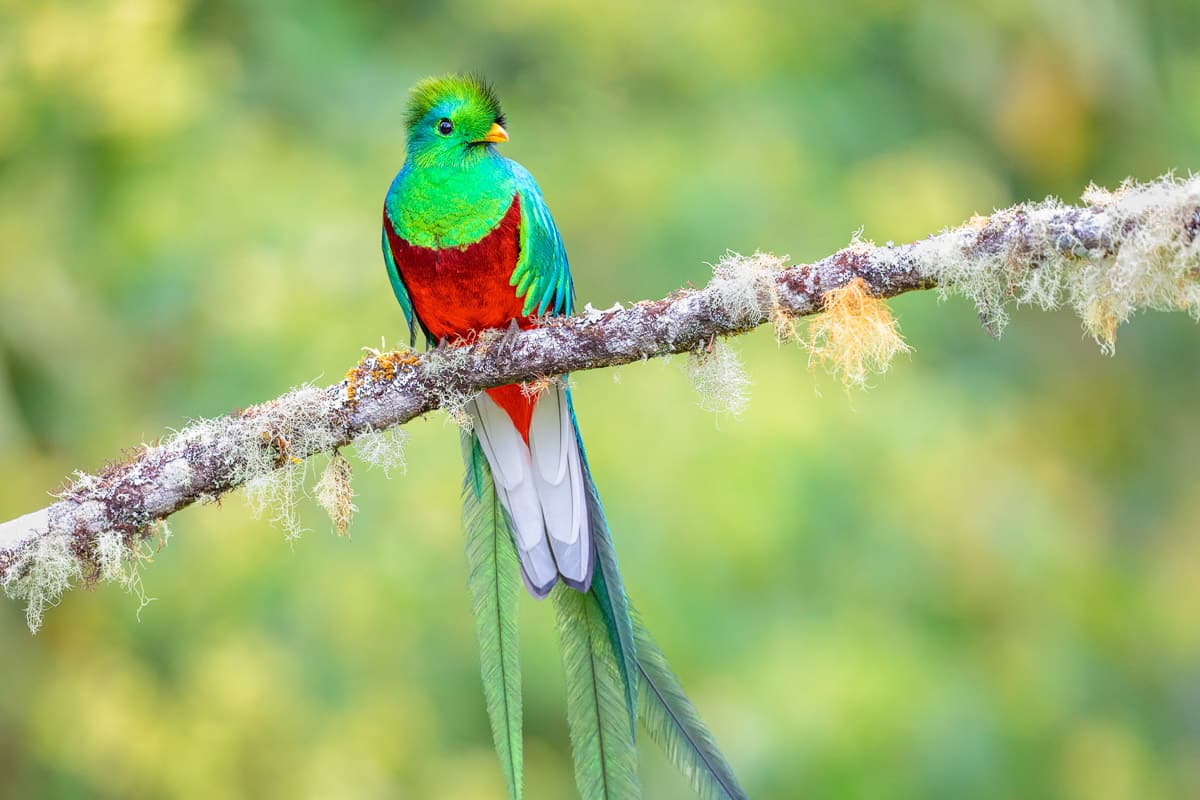
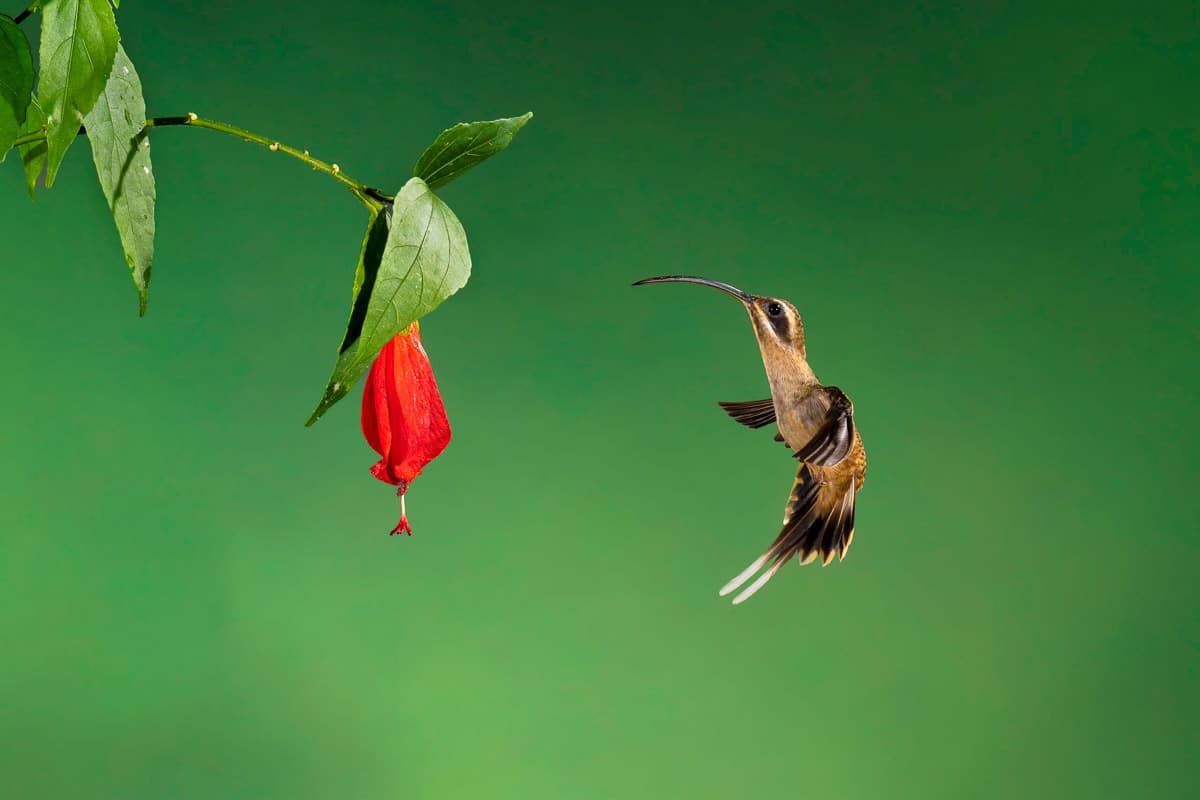
While many photography workshops in Costa Rica focus on the most touristed National Parks in the country, this workshop is different. Our time will be spent exploring 4 different Costa Rican Providences that offer some of the best-hidden gems in the country when it comes to wildlife experiences. Away from the crowds, you will have the unique opportunity to explore the lesser-traveled northern part of Costa Rica, making this workshop an incredible experience no matter if this is your first time to Central America or even if you have visited Costa Rica numerous times before.
Where in Costa Rica Are We Going?
- Cano Negro Wildlife Refuge
- Boca Tapada, San Carlos
- Sarapiqui, Costa Rica
- Quetzales National Park
- and much more...
What Is In Colby's Gear Bag For This Trip?
- Cameras
- Lenses
- Accessories
With a focus on wildlife photography in Costa Rica, I recommend the following cameras.
Sony a1 (Setup Guide) – The a1 is Sony’s flagship mirrorless camera that can handle everything you can try to throw at it. With a 50mp sensor, 15 stops of dynamic range, industry-leading AF performance, and the ability to shoot up to 30fps, this is my go-to camera for most adventures worldwide!
B&H Photo | Direct from Sony | Rent From Lens Rentals
Sony a7R V (Setup Guide) – Another great option would be the Sony a7R V with its 61mp FF sensor and dedicated AI/AF processor. While limited to 10fps, this camera can hold its own in most wildlife-based situations. Just note that with incredibly fast-moving subjects, the Sony a7R V’s AF system simply isn’t as fast at tracking as the other two recommended camera bodies.
B&H Photo | Direct from Sony | Rent From Lens Rentals
Sony a9 II – A third alternative or backup would be the Sony a9 II, with its ability to shoot at 20fps with a 24mp FF sensor and a high-speed and accurate AF system. Its solo limitation might be its 24mp sensor, which is less than half the resolution of both the a1 or a7R V listed above.
B&H Photo | Direct from Sony | Rent From Lens Rentals
With longer lenses, you have the ability to fill more of your frame with your wildlife subjects. In Costa Rica, we will be focusing not only on a variety of different bird species but mammals, reptiles, and amphibians as well. I won’t bring all of these lenses, but they are lenses I recommend for this trip.
Sony 100-400 f/4.5-5.6 GM – A great zoom wildlife zoom lens option for those wanting a bit more reach with their images but still have something relatively portable. While the lens is very sharp, it isn’t the fastest lens in the Sony lineup, with a variable aperture of 4.5-5.6. In some situations, the minimum aperture might force you to use a higher ISO to compensate for the lack of light hitting your camera’s sensor. It is ideal for larger animals such as Jaguars, Tapier, Caiman, and even larger birds (Jabiru, Egrets, and Herons) but it might not offer enough reach for smaller birds such as kingfishers.
B&H Photo | Direct from Sony | Rent From Lens Rentals
Sony 200-600 f/5.6-6.3 G – The most affordable telephoto zoom lens in the Sony lens lineup, the 200-600 is a great lens to use to photograph birds and larger mammals such as Jaguars. It is ideal for most wildlife situations where you have enough light to work with. At f/6.3 at 600mm, this lens will struggle at dawn and dusk, forcing you to shoot at very high ISOs.
B&H Photo | Direct from Sony | Rent From Lens Rentals
Sony 400mm f/2.8 GM – If you are looking for optical perfection, look no further than the Sony 400mm prime lenses. This lenses are by far the sharpest and most impressive glass in the Sony lens lineup, but it isn’t cheap or very travel friendly. This lens is ideal for low-light situations with larger mammals, but the 400mm maximum reach is a little short for birders.
B&H Photo | Direct from Sony | Rent From Lens Rentals
Sony 600mm f/4 GM – Sony’s longest telephoto prime lens is the 600mm. Like the 400mm, it offers the best optics and sharpness throughout the Sony lens lineup, although it comes at a cost both financially as well as with how portable/travel friendly it is. However, if you are keen on photographing birds, especially the smaller ones, it does not get better than the 600mm f/4 GM from Sony.
B&H Photo | Direct from Sony | Rent From Lens Rentals
Sony 90mm f/2.8 Macro – With a portion of our workshop dedicated to macro wildlife photography, bringing Sony’s super sharp 90mm macro lens is a must. This will be your go-to for nearly all of the frogs, snakes, lizards, and insects we come across in the Jungles of Costa Rica.
B&H Photo | Direct from Sony | Rent From Lens Rentals
What additional accessories might you need for this workshop?
Godox V860III Flash Kit – One of the most important things you need to bring with you to Costa Rica will be a flash, which is instrumental for our macro wildlife photography sessions. I recommend the Godox V860 III flashes as they are powerful, easy to use, and can be shared across different camera systems if needed. This kit comes with the V860III flash + the Xpro flash trigger for off-camera flash use.
BH Photo – Sony Kit | Canon Kit | Nikon Kit
Lumiquest Flash Softbox III – Another essential element of your flash kit for this workshop will be a softbox to help defuse the harsh light coming off your flash.
BH Photo
Gimbal Ball Head – While not required, I do recommend that you bring an excellent gimbal head to help you track birds and other animals in motion with more stability. I recommend one of the two Benro Gimbal Heads
B&H Photo – GH5 – GH2F Foldable Gimbal
Bring a Sturdy Tripod – Nothing is worse than using a telephoto lens out in the field on a tripod that doesn’t feel stable or sturdy. I have seen too many clients complain about their tripods during a workshop because they didn’t listen to advice.
B&H Photo – Benro TMA38CL
- Cameras
- Lenses
- Accessories
With a focus on wildlife photography in Costa Rica, I recommend the following cameras.
Sony a1 (Setup Guide) – The a1 is Sony’s flagship mirrorless camera that can handle everything you can try to throw at it. With a 50mp sensor, 15 stops of dynamic range, industry-leading AF performance, and the ability to shoot up to 30fps, this is my go-to camera for most adventures worldwide!
B&H Photo | Direct from Sony | Rent From Lens Rentals
Sony a7R V (Setup Guide) – Another great option would be the Sony a7R V with its 61mp FF sensor and dedicated AI/AF processor. While limited to 10fps, this camera can hold its own in most wildlife-based situations. Just note that with incredibly fast-moving subjects, the Sony a7R V’s AF system simply isn’t as fast at tracking as the other two recommended camera bodies.
B&H Photo | Direct from Sony | Rent From Lens Rentals
Sony a9 II – A third alternative or backup would be the Sony a9 II, with its ability to shoot at 20fps with a 24mp FF sensor and a high-speed and accurate AF system. Its solo limitation might be its 24mp sensor, which is less than half the resolution of both the a1 or a7R V listed above.
B&H Photo | Direct from Sony | Rent From Lens Rentals
With longer lenses, you have the ability to fill more of your frame with your wildlife subjects. In Costa Rica, we will be focusing not only on a variety of different bird species but mammals, reptiles, and amphibians as well. I won’t bring all of these lenses, but they are lenses I recommend for this trip.
Sony 100-400 f/4.5-5.6 GM – A great zoom wildlife zoom lens option for those wanting a bit more reach with their images but still have something relatively portable. While the lens is very sharp, it isn’t the fastest lens in the Sony lineup, with a variable aperture of 4.5-5.6. In some situations, the minimum aperture might force you to use a higher ISO to compensate for the lack of light hitting your camera’s sensor. It is ideal for larger animals such as Jaguars, Tapier, Caiman, and even larger birds (Jabiru, Egrets, and Herons) but it might not offer enough reach for smaller birds such as kingfishers.
B&H Photo | Direct from Sony | Rent From Lens Rentals
Sony 200-600 f/5.6-6.3 G – The most affordable telephoto zoom lens in the Sony lens lineup, the 200-600 is a great lens to use to photograph birds and larger mammals such as Jaguars. It is ideal for most wildlife situations where you have enough light to work with. At f/6.3 at 600mm, this lens will struggle at dawn and dusk, forcing you to shoot at very high ISOs.
B&H Photo | Direct from Sony | Rent From Lens Rentals
Sony 400mm f/2.8 GM – If you are looking for optical perfection, look no further than the Sony 400mm prime lenses. This lenses are by far the sharpest and most impressive glass in the Sony lens lineup, but it isn’t cheap or very travel friendly. This lens is ideal for low-light situations with larger mammals, but the 400mm maximum reach is a little short for birders.
B&H Photo | Direct from Sony | Rent From Lens Rentals
Sony 600mm f/4 GM – Sony’s longest telephoto prime lens is the 600mm. Like the 400mm, it offers the best optics and sharpness throughout the Sony lens lineup, although it comes at a cost both financially as well as with how portable/travel friendly it is. However, if you are keen on photographing birds, especially the smaller ones, it does not get better than the 600mm f/4 GM from Sony.
B&H Photo | Direct from Sony | Rent From Lens Rentals
Sony 90mm f/2.8 Macro – With a portion of our workshop dedicated to macro wildlife photography, bringing Sony’s super sharp 90mm macro lens is a must. This will be your go-to for nearly all of the frogs, snakes, lizards, and insects we come across in the Jungles of Costa Rica.
B&H Photo | Direct from Sony | Rent From Lens Rentals
What additional accessories might you need for this workshop?
Godox V860III Flash Kit – One of the most important things you need to bring with you to Costa Rica will be a flash, which is instrumental for our macro wildlife photography sessions. I recommend the Godox V860 III flashes as they are powerful, easy to use, and can be shared across different camera systems if needed. This kit comes with the V860III flash + the Xpro flash trigger for off-camera flash use.
BH Photo – Sony Kit | Canon Kit | Nikon Kit
Lumiquest Flash Softbox III – Another essential element of your flash kit for this workshop will be a softbox to help defuse the harsh light coming off your flash.
BH Photo
Gimbal Ball Head – While not required, I do recommend that you bring an excellent gimbal head to help you track birds and other animals in motion with more stability. I recommend one of the two Benro Gimbal Heads
B&H Photo – GH5 – GH2F Foldable Gimbal
Bring a Sturdy Tripod – Nothing is worse than using a telephoto lens out in the field on a tripod that doesn’t feel stable or sturdy. I have seen too many clients complain about their tripods during a workshop because they didn’t listen to advice.
B&H Photo – Benro TMA38CL
Join the Workshop Waitlist to learn more about any upcoming adventures...
Join the Workshop Waitlist to learn more about any upcoming adventures...
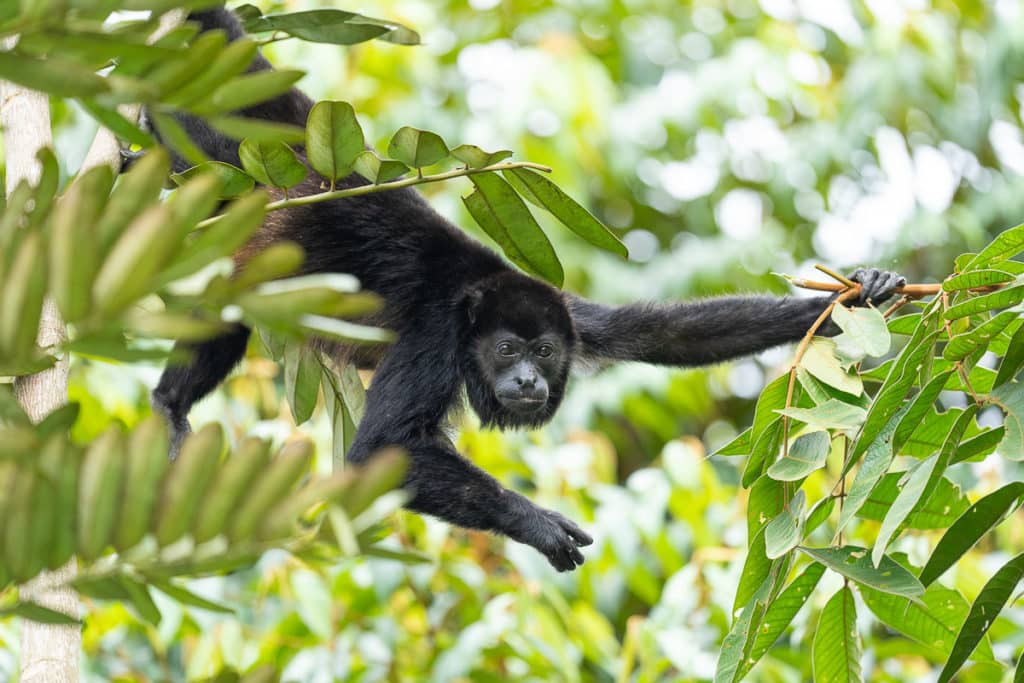
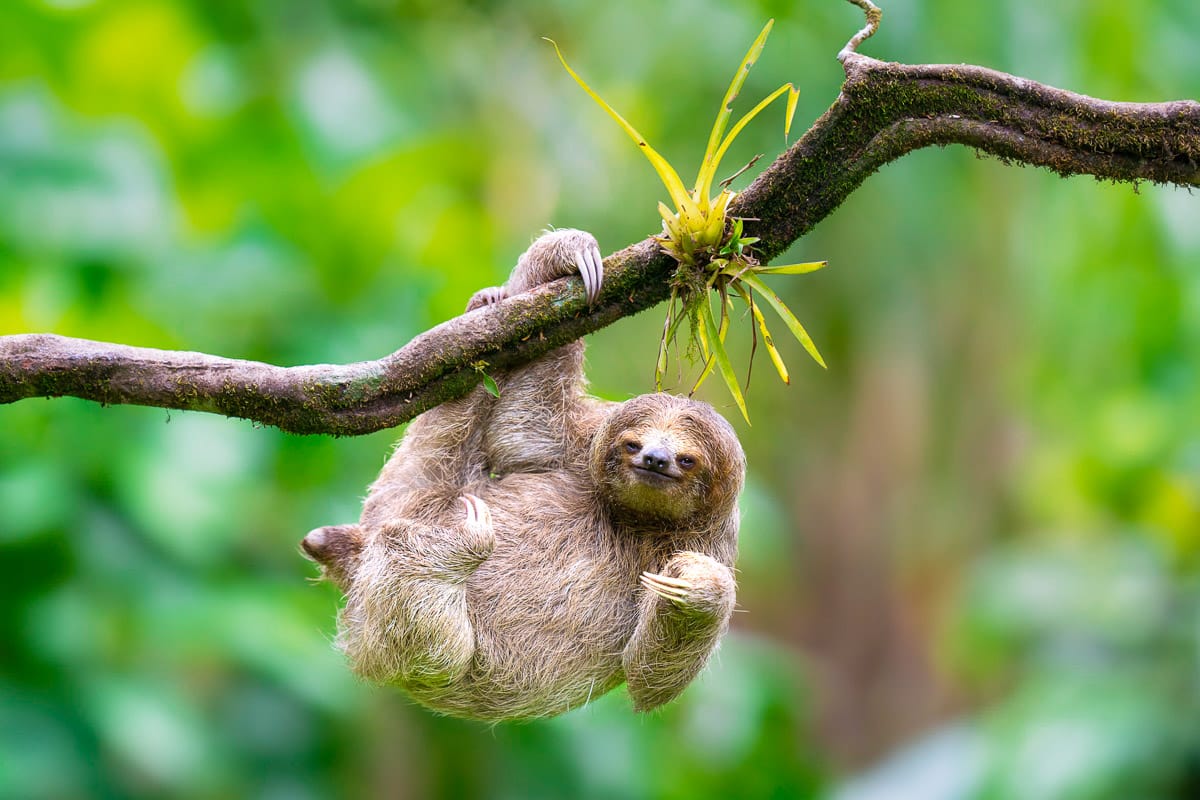
Frequently Asked Questions (F.A.Q)
A GREAT question! As a professional wildlife, landscape, and travel photographer for the last 18 years, I have been very fortunate to have worked all over the globe, both as a photographer and a photo instructor. I started my career working forNational Geographic as a photography instructor in South America and currently, I average around 10-15 workshops each year. I am a firm believer in an organic to teaching photography, which involves a mixture of technical, philosophical, and hands-on learning that gives you the best opportunity to make the most out of each of our workshops. Our goal is to meet you at your level and work together to help you achieve your goals.
The workshop begins in San Jose, Costa Rica (SJO airport code) on January 7th. You would want to arrive early on the 7th or fly in a day earlier to give yourself more time to adjust and get over any jetlag. If you decide to arrive early, I recommend staying at the Fairfield by Marriott San Jose Airport Hotel in Alajuela.
*Please confirm your flights with me before purchasing anything to make sure everything lines up
The workshop ends in San Jose, Costa Rica (SJO airport code) on January 15th. You can look for flights that leave San Jose after 2 pm on the 15th.
*Please confirm your flights with us before purchasing to ensure everything meets our schedule.
For this workshop, you will fly into the San Jose, Costa Rica Airport (SJO).
It is recommended by the Costa Rican government to purchase separate travel insurance before entering the country, but not required. I recommend THIS one or World Nomads.
We will be staying in comfortable 3 star and above accommodations throughout our time in Costa Rica. Our goal is to get you as close to the amazing wildlife as possible, which means we found accommodations that will put us right inside the jungle where we will be photographing each day.
Yes, your tuition fees as based on the idea that you will be sharing a room with another workshop client of the same sex. If you wish to have your own private room, that can be arranged for an additional $970 USD charge.
With the focus on wildlife photography, you will want to have a camera that is capable of shooting at high FPS (Frames Per Second). Additionally, using longer-telephoto lenses will allow you to fill more of the frame with your subjects. Refer to the “Gear” section above on this page for more information.
This workshop is not overly challenging in terms of physical activity involved. While we will have some walks/hikes in the jungle and forests, they are not overly challenging in terms of physical difficulty.
My goal is to have each of my clients feel safe, healthy, and comfortable throughout the workshop. We will abide by any local or federal COVID-19 regulations put out by the Costa Rican government.
To learn more about Colby Brown Photography workshops in general, please visit our FAQ page…
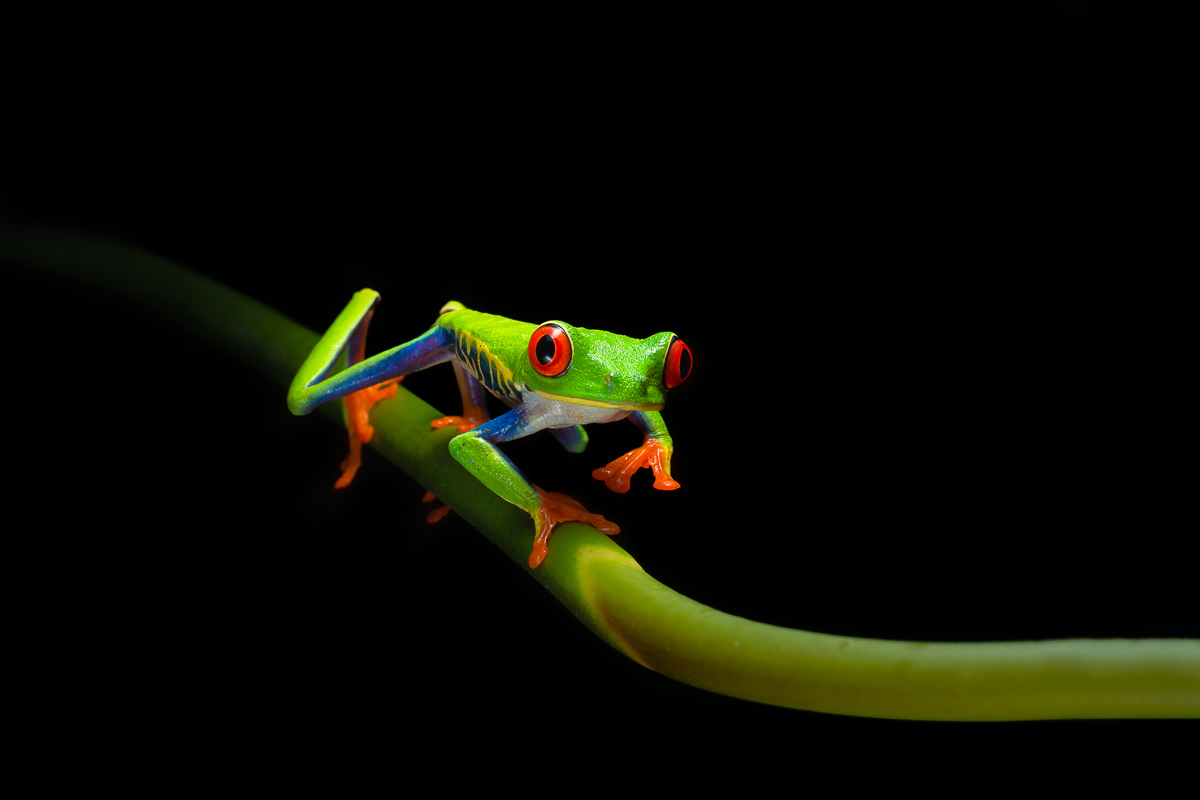
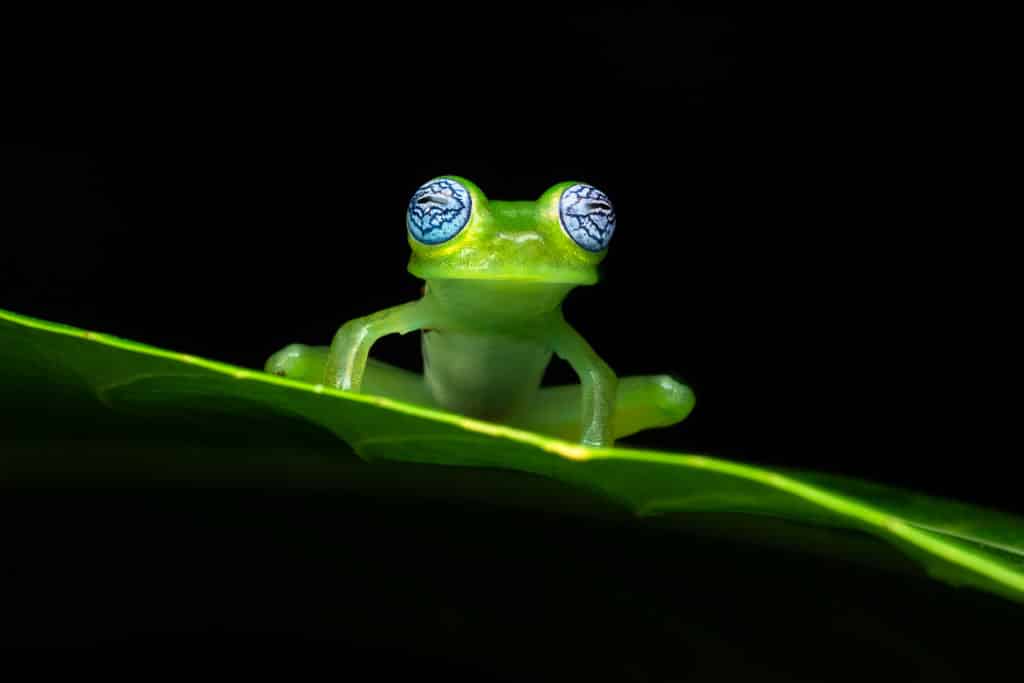
Meet Your Instructors & Guides
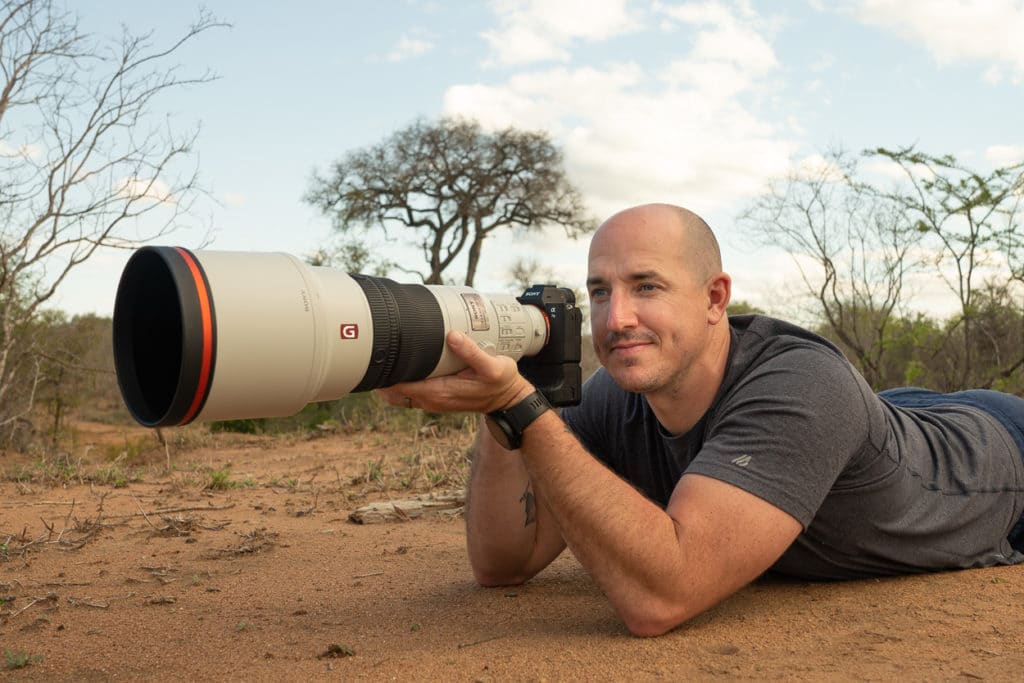

Colby Brown
Owner/Photographer/Author
Colby Brown is a photographer, photo educator and author based out of Eastern Pennsylvania. Specializing in landscape, travel and humanitarian photography, his photographic portfolio spans the four corners of the globe and all 7 continents. Not too long after picking up his first digital camera in 2006, Colby was leading workshops for National Geographic in South America, further spurring his love for both travel and photo education. In 2011, he founded The Giving Lens, an organization that blends photo education with support for various non-governmental organizations (NGO) and causes around the world, such as child education, clean drinking water projects, and women’s rights.
Testimonials
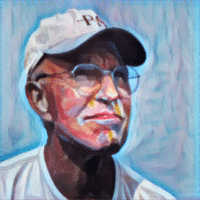
My experience with Colby Brown‘s Costa Rica workshop was over the top! It was very well organized. I found the support team to be very knowledgeable and helpful at all times. Everyone received personal attention to their photographic needs.
We went to a variety of locations which offered a breadth of experiences. We had comfortable accommodations with delicious meals.
The workshop exceeded my(...)
expectations. There were photographic experiences I wasn’t expecting, and I made friends with a wonderful group of people and truly had a fantastic time!One thing that I would like to have done differently, that is to have done it much sooner. I plan on exploring more of the world through these workshops!
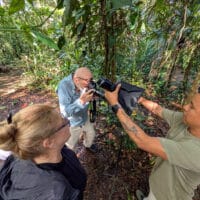
There are many outfits offering photographic trips to Costa Rica. I am quite sure many of them are excellent. I honestly believe that word of mouth is the best way to sift through the options. Colby was highly recommended by a good friend who is an excellent photographer. I went with my wife, and we both have difficulty walking, and I am partially disabled. The driver of the bus (Wilson) and Kenneth(...)
(Colby's assistant) helped us every step of the way with great compassion. This made our experience even more memorable. On a trip like this, local knowledge is essential, which was available in abundance. Colby is a special person. His photographic knowledge is impeccable, and all of us on the trip learned a great deal. He is a wonderful individual, and this was felt by everyone on the trip. Accommodation and meals more than adequate at all venues. Every effort was made to accommodate our needs, and I would recommend Colby unconditionally!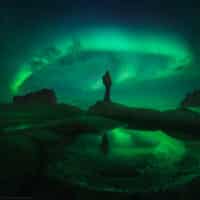
I recently had the pleasure of attending my first tour with Colby Brown, an experience that exceeded all my expectations. As someone who has been on numerous other photography workshops (with different companies), I can confidently say that Colby’s workshop was a cut above the rest. Unlike some workshop leaders, Colby took the time on every shoot to check in with each participant to ensure they got the best(...)
shots possible. He was always on hand to share his expertise or provide guidance when needed. He was assisted for the full trip by a local guide called Kenneth, whose extensive knowledge of the region and wildlife (including bird calls!) was a major plus for the whole group.The trip included numerous dedicated sessions for different species, including quetzals, hummingbirds, owls, and vultures. We gained valuable experience in multi-flash photography for both bats and hummingbirds, with most of the necessary equipment provided for us. However, the definite highlight for me was learning about macro photography using our own flash, which has the potential to create stunning and unique images. We applied what we were taught to shoot various species of frogs and snakes, both during a night walk and under more controlled setups. For each session, Colby teamed up with local experts to ensure maximum quality and safety, which allowed us to focus on capturing the perfect shot. The images I was able to take far exceeded what I imagined (my favourite shots from the workshop can be found in the link), and I’m so grateful for the opportunity to have learned from such a talented and experienced photographer.
If you’re looking for a photography workshop that provides you with the opportunity to photograph some of the most colourful and amazing wildlife species on the planet, while learning how to be a better photographer, I highly recommend Colby Brown’s Costa Rica Wildlife Photography Workshop. You won’t regret it!
Other Workshops Worth Checking Out!
Discover Cuba
With this adventure, our focus will be on capturing the beauty of the Cuban people, culture, and architecture throughout the Island of Cuba. From the classic cars and ocean side highways in Havana to the cobblestone streets of Trinidad and everything in between. With so much uncertainty in the US/Cuban relationship, NOW is the time to go!
The Faroe Islands Photography Workshop
Join me next Summer as we explore one of the most remote and wild landscapes destinations left on the planet, the Faroe Islands. Between the incredible mountains, seascapes, waterfalls and hiking paths, now is the time to visit this amazing destination before it gets too popular like it's cousins Iceland & Norway.
Wildlife Photography Workshop in Brazil Jaguars of the Pantanal
The Pantanal region of Brazil is known as the land of the Jaguar. Nowhere else on Earth is there a higher concentration of these elusive big cats than this remote region of Southern Brazil, close to the Southern Amazon Basin. In addition to Jaguars, you will see Caimen, Capybara and a wide assortment of birds.
Bolivia Astro Photography Workshop
Join me in Bolivia for an incredible adventure focuses on astro, landscape and wildlife photography as we explore the famous Salar de Uyuni with its glass like reflections as well as the high-altitude lagunas full of a variety of different species of Flamingos.
Alaska Bald Eagle Photography Workshop
Come join me on an amazing adventure to Haines, Alaska to witness and photograph one of the largest gatherings of the American Bald Eagle on the planet. Every November, thousands of bald eagles descend upon the Chilkat Bald Eagle Preserve in anticipation of the final salmon run in the region.
Dolomites Photography Workshop
Come join us on an adventure of a lifetime to the amazing Italian Dolomites. We will photograph and explore incredible mountain peaks, beautiful reflected lakes and gorgeous fall colors as we move throughout one of the most impressive mountain ranges in the world.
Iceland Winter Photo Workshop – Ice Caves & Auroras
Winter in Iceland is one of those unique experiences that everyone should have at least once in their life. With this workshop, we will focus our time on the South of Iceland, focusing our time on Ice Caves, Northern Lights, and glaciers, but we will also photograph a number of waterfalls such as Gullfoss, Bruarfoss, Seljalandsfoss, Skogarfoss and more.
Patagonia Photography Workshop Adventure
Patagonia is one of the most wild, beautiful & dramatic mountain ranges on the planet. We split our time between the incredible Torres del Paine National Park in Southern Chile and Los Glaciares National Park in Argentina, home to both Cerro Torre and Mt. Fitz Roy.
Cancellation & Refund Policy
No one wants to miss out on a trip of a life time…but things do happen. In those situations, the following applies…
The first thing to note is that deposits are not refundable, but they are transferable. In addition, all cancellations are subject to a minimum of a $150 service charge to cover PayPal transaction fees. In most situations, we ask for the remaining balance of a workshop is to be paid 120 days from the start of the workshop in question. If you wish to cancel within 120 days from the start of a workshop and we find someone to fill your spot, you would be entitled to receive a refund (minus your deposit and the $150 processing fee) or transfer to another workshop with no penalties or fees.
If we don’t find someone to fill your spot, what does your refund window actually look like?
120 Days or More...
Your deposit will be transferable to another Colby Brown Photography Workshop without issue.
90 to 120 Days
You will receive a refund of 50% of the full tuition fees minus the non-refundable deposit.
Less Than 90 Days...
If you wish to cancel within 90 days of your workshop starting, you are not entitled to a refund.

